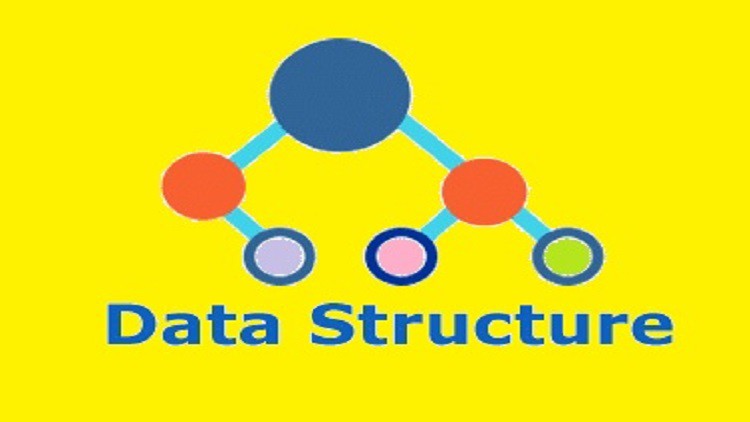Description
Key Topics Covered:
- Introduction to Data Structures
- Basics of data structures: arrays, stacks, queues, and linked lists.
- Understanding the need for data structures in organizing and storing data efficiently.
- How to implement basic data structures in programming.
- Complexity and Big-O Notation
- Introduction to algorithm analysis, including time and space complexity.
- Understanding Big-O notation to evaluate the efficiency of algorithms.
- Best, worst, and average-case analysis of algorithms.
- Arrays and Linked Lists
- Advanced use of arrays and linked lists to store and manage data.
- Implementing operations such as insertion, deletion, searching, and sorting on arrays and linked lists.
- Understanding the differences between static and dynamic data structures.
- Stacks and Queues
- Introduction to stack and queue data structures and their practical applications (e.g., undo functionality, job scheduling).
- Implementing and working with stack operations like push, pop, and peek.
- Exploring different types of queues: FIFO (First In, First Out), priority queues, and circular queues.
- Trees and Graphs
- Understanding tree data structures: binary trees, binary search trees, AVL trees, and heaps.
- Graph theory fundamentals: graph traversal algorithms (BFS, DFS), directed and undirected graphs.
- Tree and graph algorithms for searching, traversal, and optimization.
- Hash Tables and Hash Maps
- Introduction to hashing concepts and how hash tables store data efficiently.
- Hash functions and handling collisions in hash tables.
- Implementing hash maps for fast lookups and key-value pair storage.
- Sorting Algorithms
- Common sorting algorithms: bubble sort, merge sort, quicksort, and heap sort.
- Understanding how each sorting algorithm works and its efficiency.
- Choosing the best sorting algorithm based on the problem context.
- Advanced Data Structures
- More complex data structures like tries, segment trees, and suffix arrays.
- Applications of advanced data structures in computational problems like text processing and dynamic programming.
- Understanding how these structures improve algorithmic efficiency in real-world problems.
- Graph Algorithms
- Shortest path algorithms (Dijkstra, Bellman-Ford).
- Minimum spanning tree algorithms (Kruskal, Prim).
- Advanced graph algorithms like Floyd-Warshall, and network flow algorithms.
- Dynamic Programming and Greedy Algorithms
- Understanding dynamic programming: memoization and tabulation techniques.
- Solving optimization problems using dynamic programming.
- Greedy algorithms: how they differ from dynamic programming and when to apply them.
Course Objectives:
- Master Fundamental Data Structures: Learn the core data structures (arrays, stacks, queues, linked lists) and understand their role in organizing and managing data for optimal performance.
- Evaluate Algorithm Efficiency: Gain proficiency in analyzing algorithms using Big-O notation and understanding their time and space complexities to choose the best approach.
- Implement Advanced Data Structures: Explore and implement more complex data structures, including trees, graphs, and hash tables, for more efficient data storage and retrieval.
- Learn Sorting and Searching Algorithms: Understand the inner workings of sorting algorithms and how to choose the most efficient one for different problem types.
- Solve Problems Using Graph Algorithms: Learn and apply graph traversal and pathfinding algorithms to real-world problems, such as network routing and shortest path finding.
- Apply Dynamic Programming: Learn how to break down complex problems into simpler subproblems and use dynamic programming to solve them efficiently.
- Use Greedy Algorithms: Understand the principles behind greedy algorithms and how they can be applied to solve optimization problems in a simpler and faster way.
- Develop Strong Problem-Solving Skills: Strengthen your ability to approach computational problems logically and effectively, applying the right data structure or algorithm to solve the task at hand.






Reviews
There are no reviews yet.